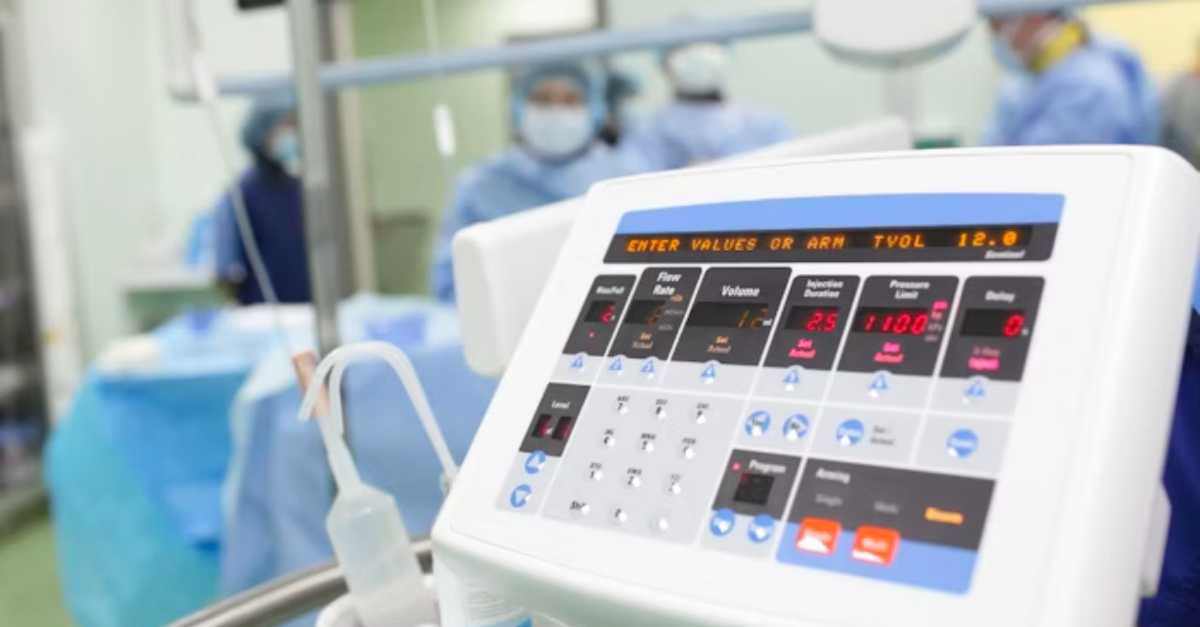
How to Improve Healthcare Technology Management with a Modern CMMS
Discover many common challenges facing hospital departments, how to streamline operations, and what to look for in a CMMS solution.
Solutions
Workplace Management Solutions
Real Estate Management Solutions
Maintenance Management Solutions
Energy Management Solutions
Engineering Document Management Solutions
Asset Management Solutions
Automate campus scheduling for classes, meetings, and exams with our EMS software.
Plan and manage conferences effortlessly with EMS software to impress guests and streamline operations.
Boost workplace flexibility and maximize space use with seamless desk and room booking.
Organize workplace or campus events smoothly, creating memorable experiences.
Optimize workspace, manage allocations efficiently, and reduce costs with our space management solutions.
Deliver projects on time and within budget by improving communication, collaboration, and efficiency with our software.
Streamline lease accounting for ASC 842, IFRS, and GASB compliance.
Manage leases efficiently by tracking key dates, analyzing costs, and ensuring compliance.
Centralize data and analytics for better insights, faster negotiations, and revenue growth.
Centralize facility and asset maintenance, automate work orders, and ensure compliance with our CMMS software.
Extend asset life, reduce downtime, and prevent costly repairs with data-driven monitoring.
Prevent equipment failures and extend asset life by detecting and addressing issues early.
Make sustainable, cost-efficient energy decisions by monitoring and optimizing power consumption.
Remotely monitor and control equipment with real-time data to predict issues, boost efficiency, and reduce downtime.
Easily share and collaborate on documents, creating a single source of truth for engineers and contractors.
Manage and analyze assets across their lifecycle to schedule maintenance, reduce downtime, and extend lifespan.
Improve visibility, automate work orders, and ensure compliance for efficient facility and asset management.
Resources
Browse our full library of resources all in one place, including webinars, whitepapers, podcast episodes, and more.
Support
Looking for access to technical support, best practices, helpful videos, or training tools? You’ve come to the right place.
About Accruent
Get the latest information on Accruent, our solutions, events, and the company at large.

In the healthcare industry, equipment must work seamlessly. Equipment failure analysis can help make sure that happens.
The healthcare industry is required to meet compliance standards. One consistent method proven to ensure equipment uptime and compliance is problem code analysis and to optimize preventive maintenance intervals. This process is also known as a root cause analysis. Setting up problem codes and conducting a failure analysis is one of the most important maintenance processes a healthcare facility can complete. Problem codes let a company easily identify and report on common issues consistently. Without the use of problem codes, a company is left to search reasons fields or review many work orders to help identify the failure and conduct an analysis. This process can lead to inconsistency and make accurate reporting impossible. By using the failure analysis feature of a CMMS separately. These problem codes are typically used by a healthcare facility's Clinical Technology or Biomed departments. The codes are systematically broken down into logical groups to allow for ease of reporting.

Taking the time to implement a problem code analysis process can benefit a healthcare organization’s maintenance process and budget. Here are a few of the top benefits a company can receive when a problem code analysis plan is put in place.
Another great incentive and time saver for healthcare facilities is the ability to instantly produce compliance reports to meet healthcare standards. There are many legal codes and requirements healthcare facilities must deal with daily. A few key bodies that publish codes and drive standards within the healthcare industry are –
CMS and Joint Commission have established minimum standards on emergency preparedness which affect various healthcare settings including hospitals, ambulatory care centers, home health agencies and hospices. Fire and Life Safety regulations compliance is mandatory for CMS guidelines and regulations are constantly updated by the Joint Commission. Supervision of medical gas and vacuum systems is imperative to ensure functionality in accordance with CMS regulation. HVAC and utility systems must be maintained to the air quality standards set forth by the American Society of Heating, Refrigerating and Air-Conditioning Engineers (ASHRAE).
So how does the failure analysis process really help with compliance, efficiency, and cost reduction? After a company has set up problem codes in the work order system, a related ‘problem’ and ‘solution’ code can be created from conducting a problem and root cause analysis. This analysis aids companies by doing the following.
Instead of trying to guess what equipment is failing and what the correct response to that failure is, a properly implemented failure analysis plan can help you generate ideal Preventive Maintenance intervals into your CMMS. This can ensure these issues are proactively mitigated. Although a CMMS alone will not guarantee compliance
Minimize downtime and optimize equipment performance by setting up preventative and predictive maintenance to uphold asset health and prioritize critical asset management tasks.
Accruent TMS has an advanced analytical dashboard and enhanced mobility capabilities that enable precise data analysis, improve visualization and prioritization of critical work, thereby streamlining work order management processes.
Ready to elevate Your proactive maintenance journey? visit Accruent TMS or Contact Us for a demo
Discover many common challenges facing hospital departments, how to streamline operations, and what to look for in a CMMS solution.
A modern, purpose-built CMMS solution can help your healthcare organization improve asset and equipment availability, simplify compliance, enhance ...
If you're using an outdated healthcare CMMS, you could be costing your business more than you know. Here's why having the right tech matters.
Subscribe to stay up to date with our latest news, resources and best practices